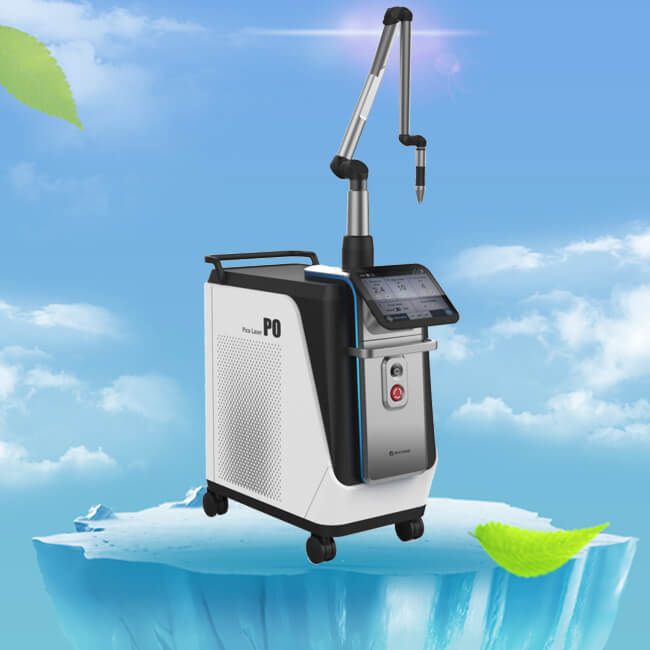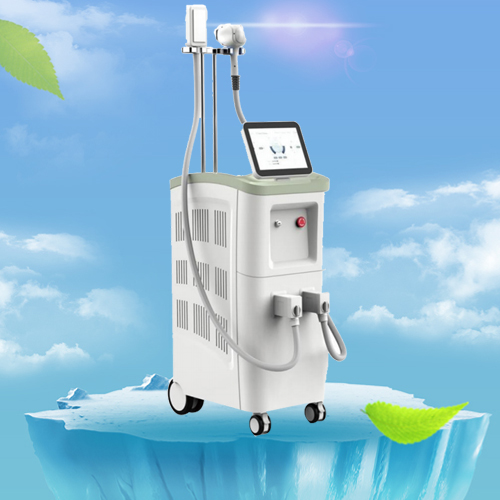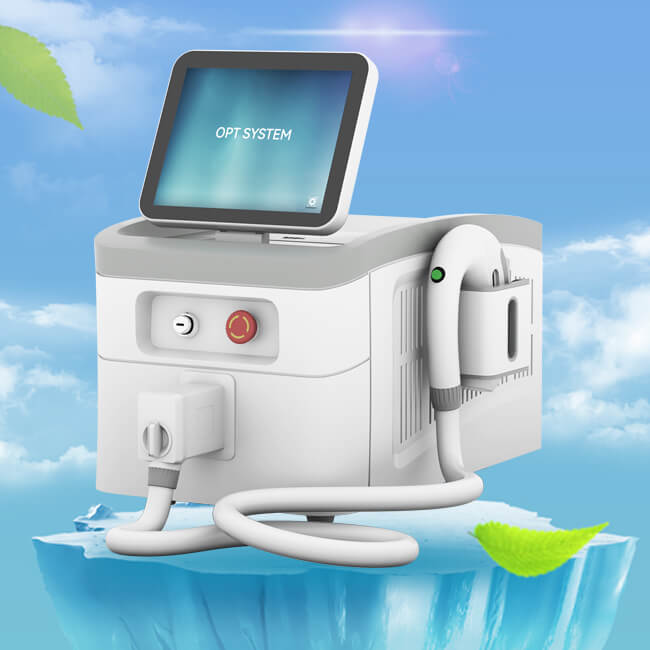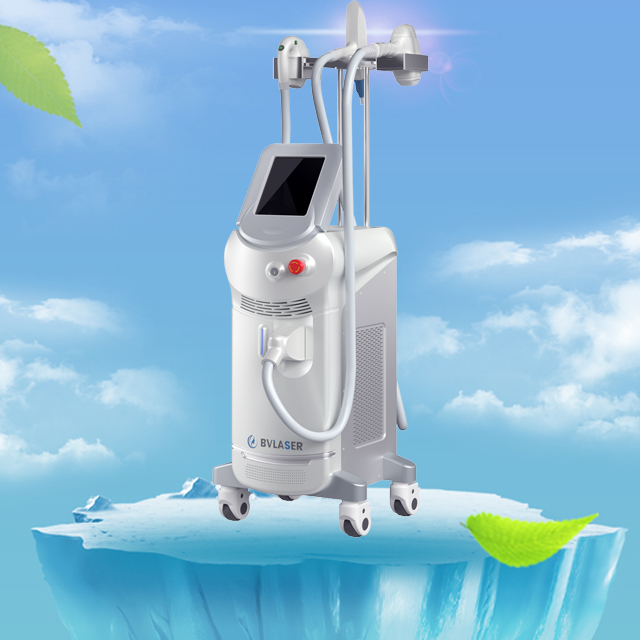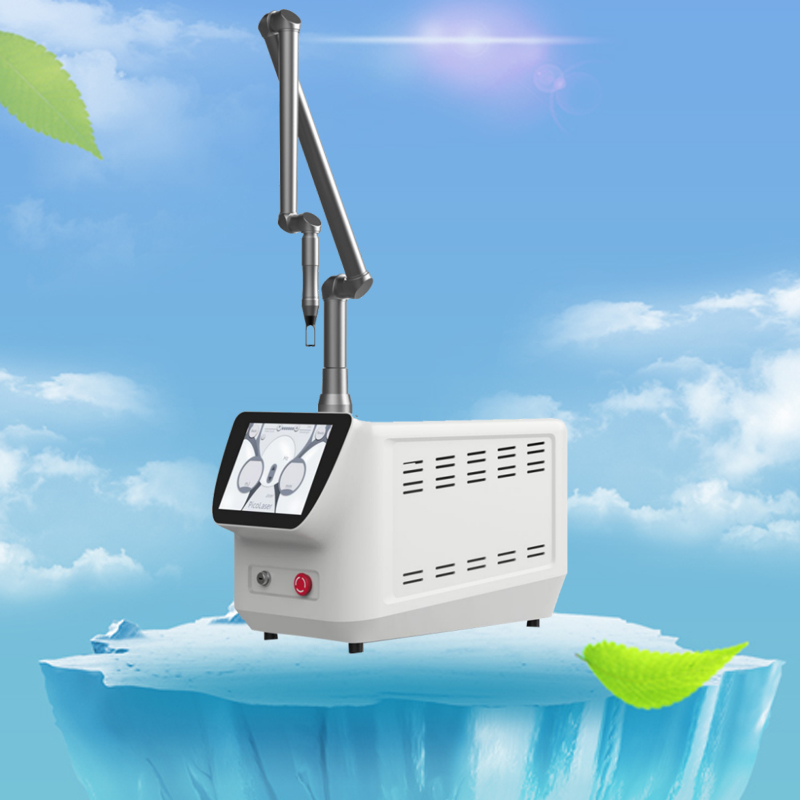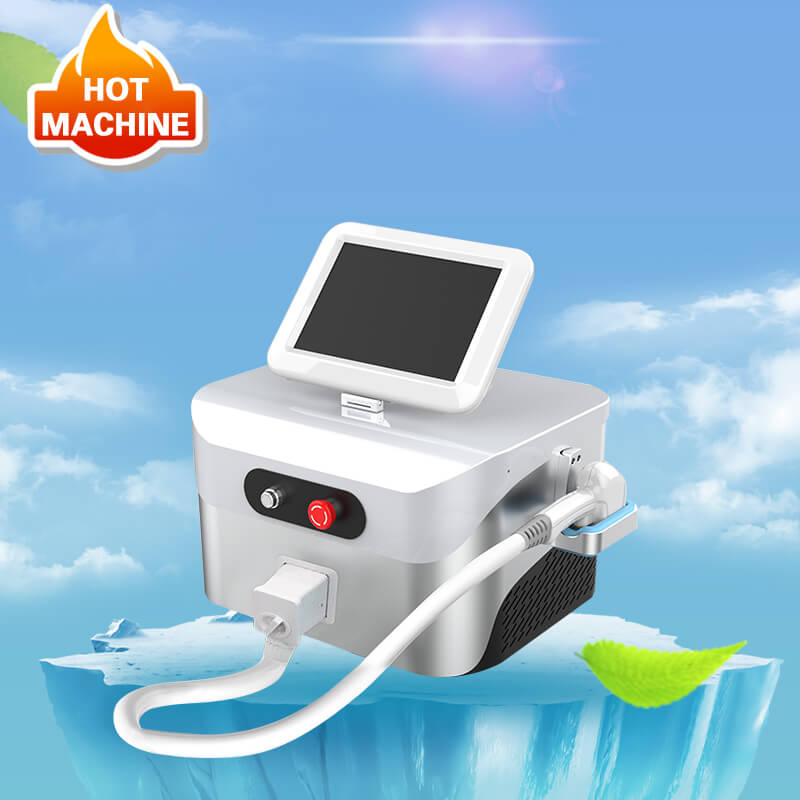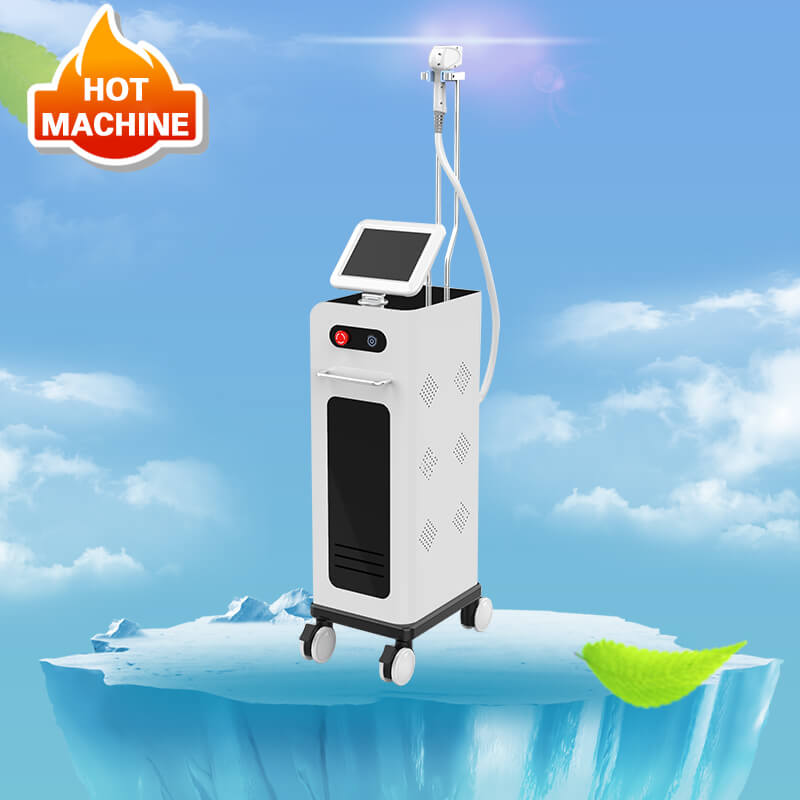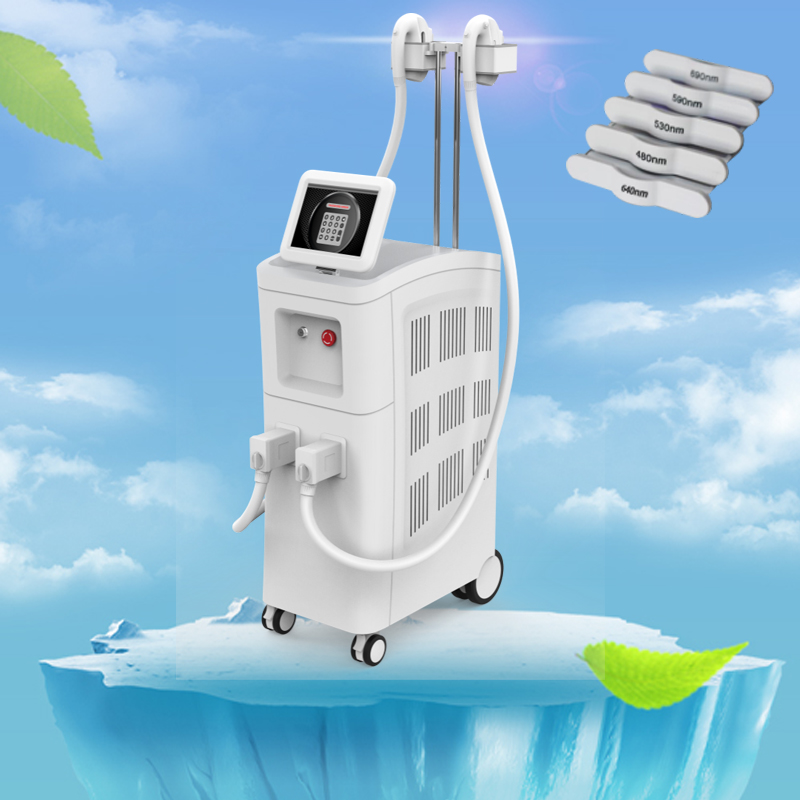Acne scar treatment: CO2 laser skin resurfacing
Author:baishilf Time:2024-05-27 17:26:14
As a professional medical aesthetic laser machine manufacturer, Bestview Laser has years of experience in beauty laser fields. One of popular equipment is CO2 fractional laser machine.
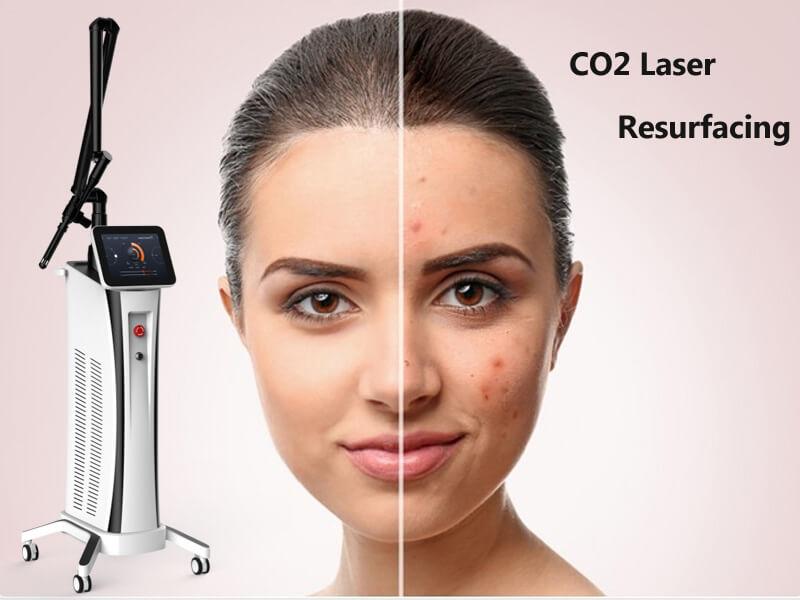
In this short article, Bestview Laser is going to tell you more about how to get rid of acne scars with fractional CO2 laser resurfacing.
What are acne scars?
Acne scars are a general term which is used to describe the skin damages that occur following acne. There are more than 10 different subtypes of acne scars, including rolling scars, boxcar scars, linear scars, ice pick scars, hypertrophic scars, keloids, tethered scars, atrophic scars, etc.
Dividing acne scars into different subtypes are very important when planning the perfect treatment course and finding the best treatment for each individual acne scar. This gives the highest cure rate.
What is acne?
Acne is the most prevalent skin disease in the world. The skin disease appears as inflammation around the hair bulges and sebaceous gland and lasts for years in most patients. The acne can be treated to avoid acne scarring. Due to the inflammation in the deeper dermis and upper part of the fatty tissue, acne can lead to atrophic acne scars as well as hypertrophic scars.
What is CO2 fractional laser skin resurfacing?
CO2 laser skin resurfacing is an internationally recognized technique to improve acne scars. As the name suggests, only a fraction of the skin is treated. The benefit of this approach is quicker healing and fewer side effects compared to fully-ablative laser treatment.
CO2 fractional laser treatment is excellent for atrophic boxcar scars and non-tethering rolling scars because of controlled dermal damage which stimulates new collagen production and remodeling of the acne scar tissue.
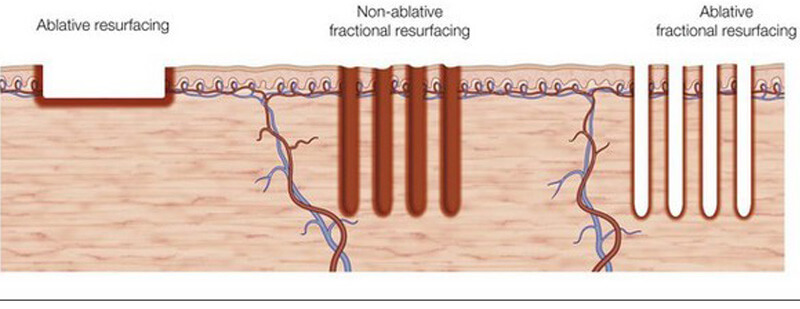
When can start fractional CO2 laser treatments after finish Accutane treatment?
There have been performed several randomized clinical trials demonstrating normal wound healing after treatment with fractional CO2 lasers in patients receiving systemic isotretinoin. Hence, there is no reason why you should wait 6 months or longer for your CO2 fractional laser treatment after finishing your Accutane treatment .
There is even evidence that supports that the earlier intervention, the better. Hence, both Accutane and early intervention with fractional CO2 laser should be pursued to improve the overall outcome of acne scarring. CO2 laser intervention at an early state simply provides more controlled scarring as evidenced in a randomized split-wound trial.
Can acne scars be treated in everyone?
Basically, the answer is yes, acne scars can be treated in everyone. The choice of treatment, however, should be taken by a laser and acne scar specialist, since some treatments are better suited for some patients than others.
For instance, specialist always be extra careful when treating ethnic and Asian skin types with a CO2 fractional laser. This requires high expertise and knowledge to avoid side effects.
What treatment should have for acne scars?
The type of treatments, number of treatments, price and similar questions, unfortunately, cannot be answered but only at a physical consultation.
At the consultation, specialist will make a careful and thorough analysis of your skin and acne scars. Evaluating and identifying the acne scar types correctly is important to achieve the highest success rate. This is a 3-dimensional procedure which requires that can see the patient mimic and smile to identify any tethering of acne scars, touch the skin to identify deep fibrosis, and apply certain lightening on the skin to see all aspects and depths of the different acne scars.
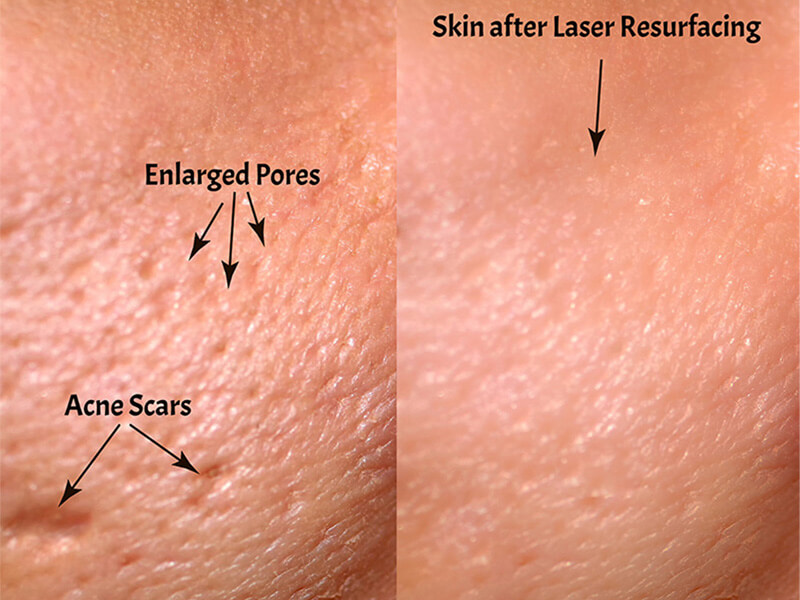
Which kind of acne scar types can be treated with CO2 fractional laser?
CO2 fractional laser skin resurfacing is one of the best treatments for rolling scars and larger boxcar scars. The reason is that the laser stimulates the fibroblast in the dermis to create new collagen fibers. Hence, the skin starts to remodel.
However, analyzing and identifying the correct acne scar types is always important, and if the scars are tethered, subcision should be performed before CO2 fractional laser treatment.
What is the first step in an acne scar treatment?
The very first step before any treatment of acne scars is to examine the skin and identify the different acne scar types. Classifying the acne scar types is very important to find the right treatment for each individual acne scar whether it is a boxcar scar, ice pick scar, rolling scar, tethered scar, anchored scar, hypertrophic scar, macular scar or keloid. This is most easily done by Tangential lighting which shows both the tops and bottoms of acne scars.
There is no standard solution when treating acne scars. Based on mapping of the individual acne scars, specialist will plan an individualized treatment plan which considers both the acne scar type, the skin type, and the downtime. This gives the highest cure rate and satisfied patients.
Does CO2 fractional laser treatment hurt?
Fractional CO2 laser treatment is a very tolerable treatment with a minimum of discomfort. Approximately 1.5 hours before the treatment, a numbing cream is applied to the skin.
Is CO2 fractional laser resurfacing for everyone?
In skilled hands, CO2 laser can be performed in most patients including most skin types. In darker skin types, such as patients from the Mediterranean or Asia, the treatment can be performed as well, though with reduced intensity to minimize any side effects.
Are there any side effects to fractional CO2 laser?
Some discomfort and pain can occur during the CO2 fractional laser treatment. 1.5 hours prior to the CO2 laser treatment, a numbing cream is applied to the skin to minimize any pain during the treatment as much as possible. Most of patients have a pain score of 2 out of 10 on a scale from 1-10.
After the CO2 laser treatment, the transition between treated skin and normal skin. This can be seen in the first 3-8 days after the treatment. A shallow redness might persist for some weeks due to increased blood circulation and inflammation in the skin as part of the dermal remodeling. This fades slowly as the inflammation diminishes.
On very rare occasions infection can occur. To avoid infection, your specialist always prescribe antibiotics prior to the fractional CO2 laser treatment. If you have had a cold sore, anti-viral treatment is important to prevent a flare.
Post-inflammatory hyperpigmentation (PIH) which is a temporary darkening of the skin might occur especially in darker skin types. This is very rare in fair-skinned patients. To minimize the risk of PIH in darker skin types, recommend the patient to:
1.Use a fading cream starting on day 7 after the treatment.
2.Use a high factor (SPF 50) sun blocker two times a day starting at day 7 before the treatment and again at day 7 after the treatment for 3 months.
3.Sun avoidance in the months after the treatment.
How much does fractional CO2 laser improve acne scars?
You’ll see a gradual improvement after each CO2 laser treatment. The results might vary from patient to patient, and your specialist can never guarantee that your scars can be removed 100%.
The skin heals and improves slowly after each treatment. Therefore, recommend that there’s always at least 3 months between each CO2 laser treatment. It’s impossible in advance to predict the final result as well as how much each acne scar is going to improve after each treatment.
The reason is that we all heal differently. Just think about how some people can have acne for years but never develop a single acne scar, while other people develop acne scars even though they have only had few and superficial acne. Treating acne scars is a marathon, not a sprint. But with patience, we’ll achieve the best results.
How many CO2 laser treatments do need?
The number of CO2 laser treatments is up to you. We can only guide you. Some patients are satisfied after just 1-2 treatments, while others want to go all the way and achieve the best results which implies more treatments.
As long as your acne scars improve after each treatment, you can continue the course of treatments. Remember that the scars keep on improving in up to a year after treatment.
When will see results after CO2 laser treatment?
The complete result after a single fractional CO2 laser treatment is seen after 6-8 months, though the scars continue to remodel in up to a year after the treatment.
What is the downtime after fractional CO2 laser?
The skin heals within only 3-5 days all depending on the chosen energy settings. In patients who have very severe acne scars and are willing to accept longer downtime, might choose laser settings with higher energy which will prolong the healing time but achieve the results you want.
How does the skin look like after a fractional CO2 laser treatment?
Immediately after the treatment with a fractional CO2 laser, there will be some degree of superficial wounding. The skin will be red and there might be some degree of swelling. The skin heals within only 3-5 days all depending on the chosen laser settings and the energy.
A fractional CO2 laser is one of methods for acne scarring, but seldom only choice when treating acne scars. Usually, combine different techniques to achieve optimal results and the highest cure rate. Specialist always start by improving the deepest scars and tethered scars. And when those deep scars have been raised to a certain depth, can continue working on the more superficial scars and the skin texture with fractional CO2 laser.
Planning of the CO2 laser treatment is important since several parameters have to be considered, including skin type and downtime. The CO2 laser is a very powerful tool when treating acne scars. It makes the necessary stimulation of fibroblast in the dermis, which allows for new collagen production and remodeling of the scar tissue.





